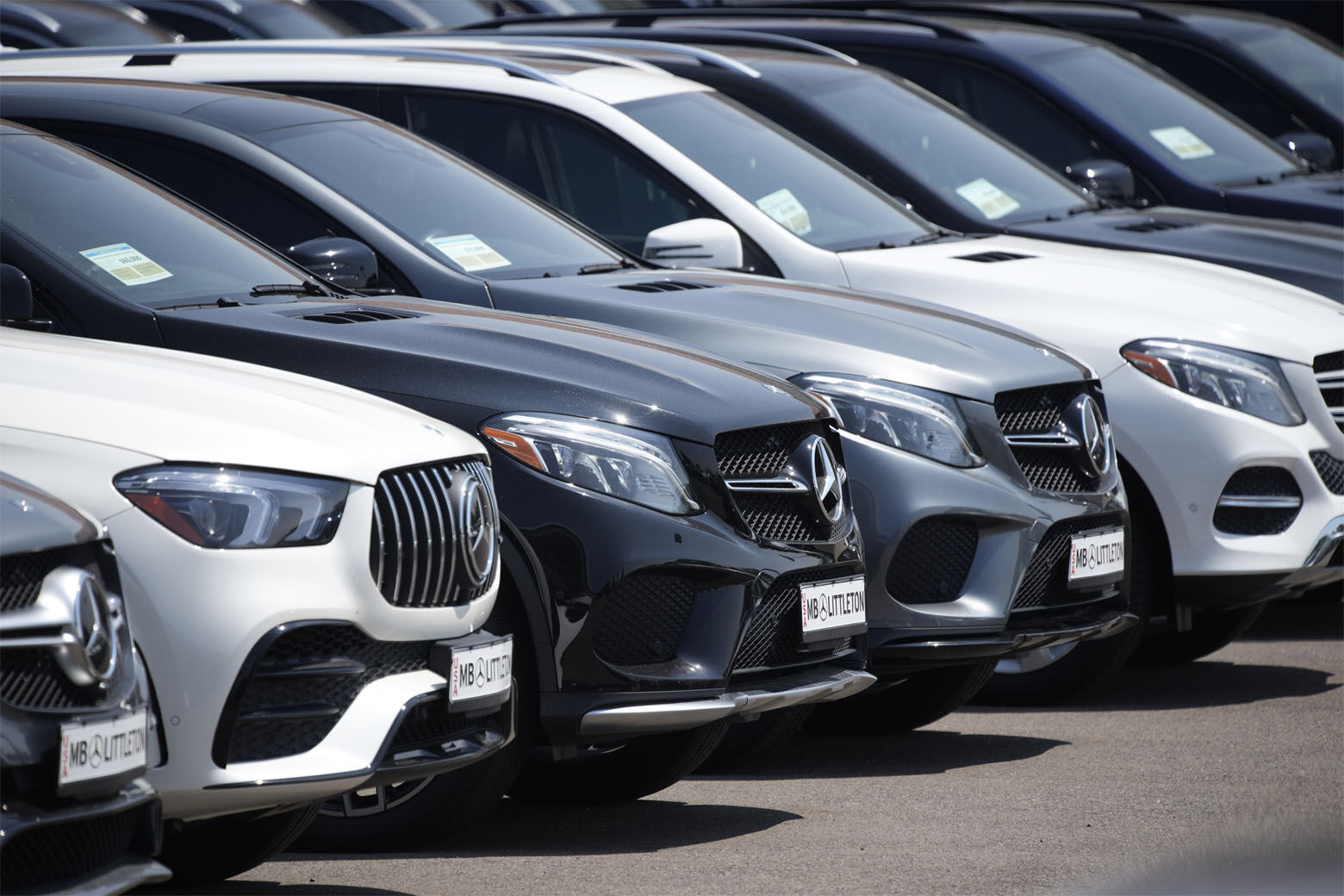
Used vehicle prices nationwide continue to skyrocket on both a surge in buyer demand and the slowdown in new vehicle production because of computer chip shortages.
Used vehicle prices in the D.C. metro have risen more than many cities in the last year.
“Car prices have gone up 34.3% or over $7,500 compared to a year ago. D.C. is even higher than the average,” said Karl Brauer, executive analyst at new-and-used-vehicle-search site iSeeCars.
More and more of those used-vehicle sales do not involve a buyer trip to a dealership for the proverbial tire kicking, or an actual test drive.
Online vehicle sales pioneer Carvana and its growing list of competitors who are selling vehicles online such as CarGurus, AutoTrader and Vroom, have plenty of demand from buyers who want convenience. Brauer says they tend to be younger buyers and are more comfortable with sight unseen purchases.
Brauer likens the pure-play online vehicle purchase experience to online shoe company Zappos, which, when it debuted two decades ago, had skeptics who said consumers would never buy shoes online without trying them on. Zappos now has $2 billion in annual revenue.
Buyers are also paying more to shop in their comfy pants.
“People love to avoid the dealership if they can,” Brauer said. “This whole idea that you order the car and have the car delivered to your house is very appealing. We did also find that the transaction price is typically hundreds of dollars higher.”
Carvana alone sold more than 244,000 vehicles in 2020. In the Northeast, where more commuters relied on public transit before the pandemic, Carvana’s sales rose 177% last year.
Buyers can virtually kick the tires, and get much more information about a used vehicle’s past than was possible many years ago. There are data sources online that require little more than the vehicles 17-digit Vehicle Identification Number. Sellers also can provide service records.
Some buyers shy away from considering a used vehicle, preferring new. But because of advances in auto manufacturing, used vehicles are reliable vehicles for much longer now.
“Assuming you treat it properly and keep it serviced, 100,000 miles is a no-brainer and 200,000 miles is very, very doable. You don’t even have to get a specific car or a specific brand anymore,” Brauer said.
iSeeCars has posted a used-vehicle buyers guide online showing the best used vehicles to buy right now, as well as the best used vehicles to sell right now.








